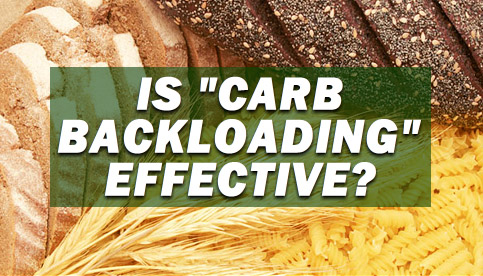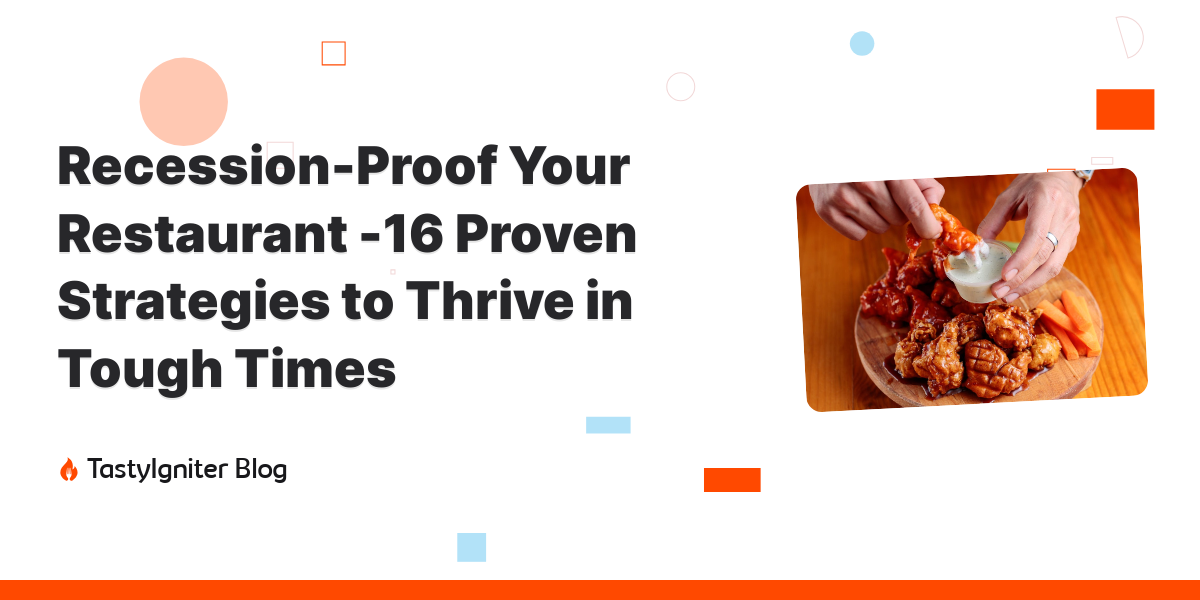There are many different schools of thought when it comes to losing weight and there are many different systems, diet plans and strategies that claim to be the most effective in the world.
Of course not all of these can work equally though and so your job is to try and weed out the winners from the losers and to identify which strategies are most effective generally and also best suited to your specific lifestyle and biology.
For your consideration then: carb backloading!
What is Carb Backloading?
The basic idea behind backloading is that you are going to time your meals, or more specifically time your consumption of carbohydrates.
You’ll do this in such a way as to eat carbs like bread, pasta and others only immediately after you have engaged in intensive cardiovascular training.
More specifically than that, you will be timing your consumption of simple carbs in order to follow HIIT work
outs. That means that you’ll a low-carb or no-carb diet for the majority of the day and then when you’ve finished an intense training session, you’ll be able to permit yourself to have some pasta or a sandwich.

Why Does it Work?
The idea behind this system is to first empty the energy stored in the muscles (glycogen) before turning to carbohydrates. What this is thought to do is to create a demand on the body that will ensure that the new sugar influx is not stored as fat.
You see, the body only stores excess sugar as fat when it doesn’t have any use for it. If your blood sugar is low when you eat, then your body will use some of the incoming sugar rather than store it. Unfortunately, low blood sugar also stimulates the release of many hormones and it doesn’t take much to get a good supply back.
Conversely though, the body also stores a small amount of energy in the muscle cells as glycogen to allow us to run and fight when we have low blood sugar and we are burning energy too quickly to rely on fat stores.
When this is depleted, the first priority for the body (after powering basic functions) is to restore this energy. Thus, any carbohydrates that you eat within a short window of opportunity will be sent to the muscle and not the belly.
How to Get it Right
Before you try this system, it is important to note that it doesn’t work if you only use steady state cardiovascular exercise. A gentle jog will use up the blood sugar and then turn to fat stores. Conversely, if you sprint or go at 100% output, then your body will have no choice but to use glycogen (because burning fat is too slow).
We can only maintain max output for a short amount of time though and this is where HIIT comes in – as the perfect way to use up this form of energy and create that necessary demand.
P.S.
Discover more from Personal Blog of Richard Tong
Subscribe to get the latest posts sent to your email.




